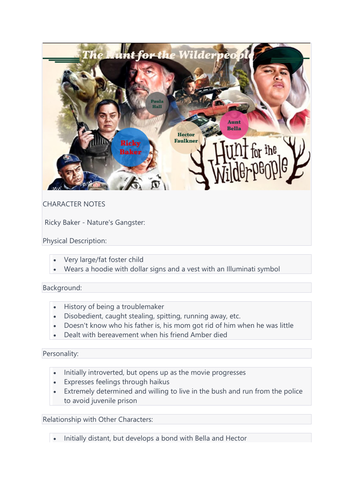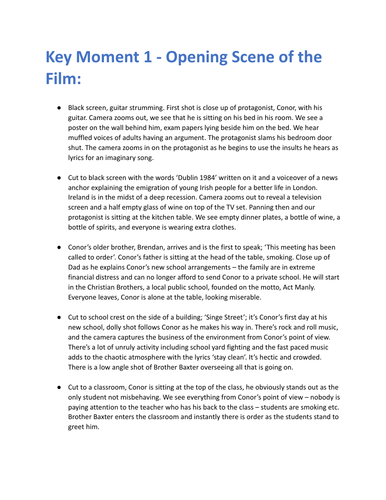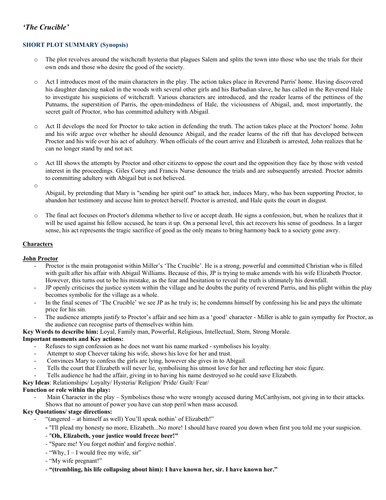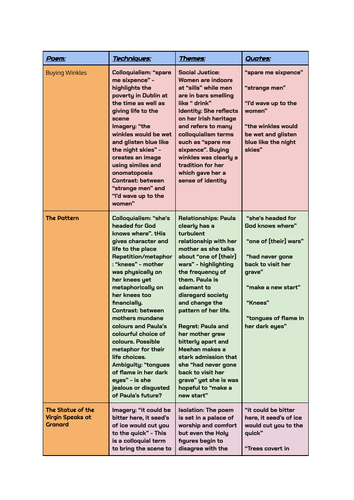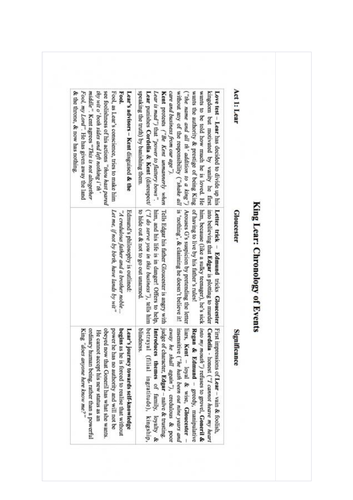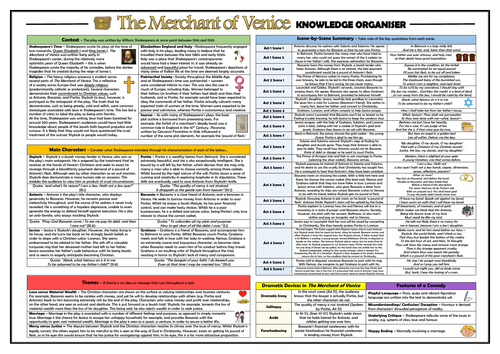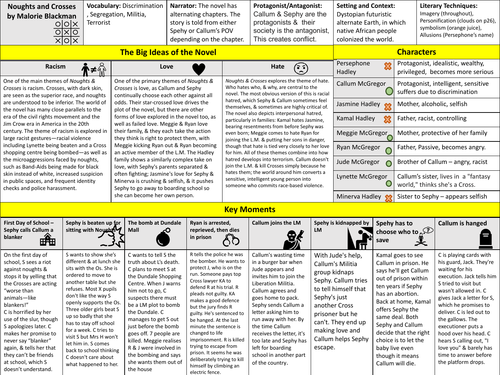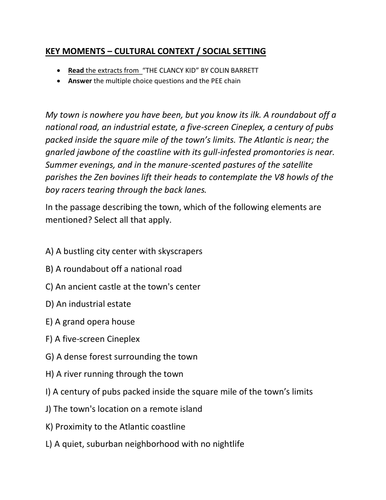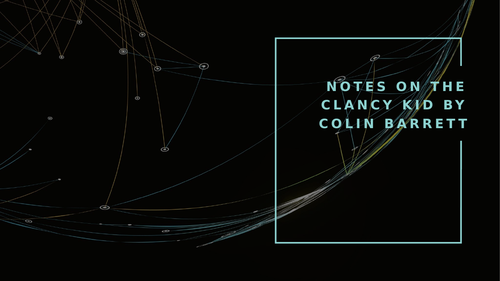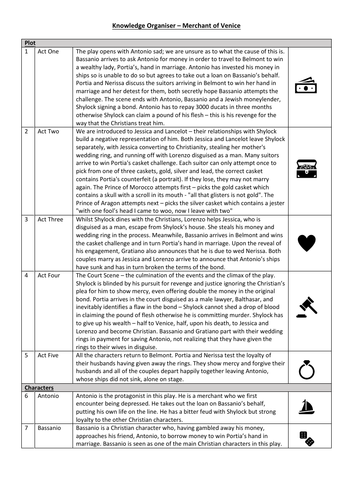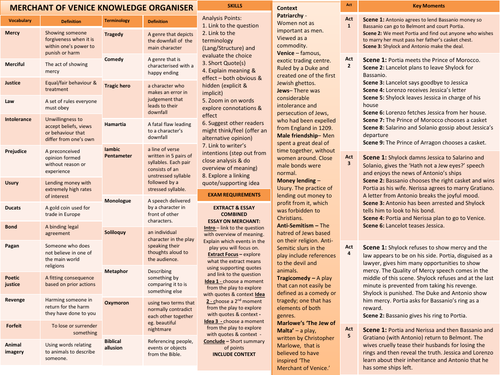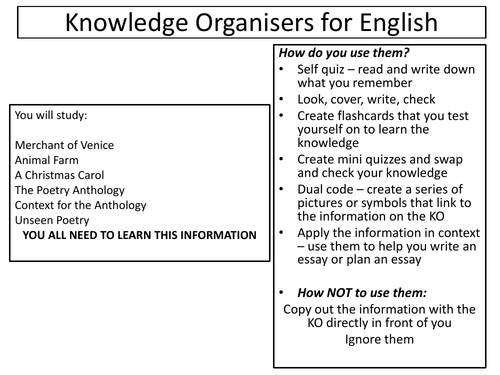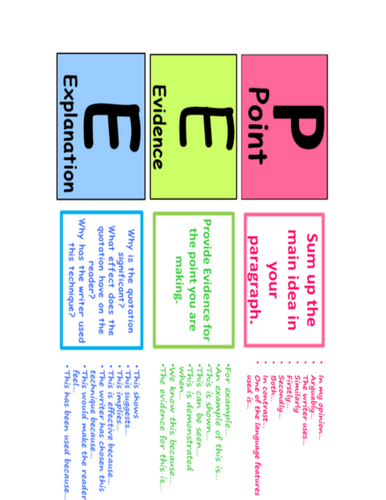
426Uploads
101k+Views
7k+Downloads
English language arts

Suffering in King Lear
“Suffering in King Lear: A Journey from Pride to Redemption”
In King Lear, Shakespeare masterfully explores the transformative power of suffering as a force that strips away pride and reveals the core of human vulnerability. This comprehensive guide examines Lear’s emotional, physical, and existential suffering, charting his journey from a powerful yet hubristic king to a humbled, self-aware father.
Through pivotal moments of betrayal, loss, and reflection, Lear’s suffering escalates—from the folly of dividing his kingdom in Act 1 to his physical and mental breakdown in the storm of Act 3, and ultimately to his tragic yet redemptive reunion with Cordelia in Act 5. Alongside Lear, other characters such as Gloucester mirror the theme of suffering, reinforcing the play’s universal message about the cost of self-realization.
Perfect for students, this resource presents the theme of suffering in a clear, structured format with key points, thematic insights, and memorable quotes for each act. Discover how Shakespeare uses suffering not just as a narrative device, but as a profound commentary on power, identity, and redemption.

King Lear - Themes Revision
Product Title: Comprehensive King Lear Theme and Justice Analysis Guide
Product Overview: This in-depth study guide offers a focused examination of key themes and justice in Shakespeare’s King Lear, designed for students and educators looking to explore the play’s complex moral and ethical questions. It delves into two critical areas: the dynamics of love and different forms of justice—divine, human, and social—within the play, providing structured analyses, key quotes, and discussion prompts.
Features:
Thematic Exploration:
Detailed breakdown of love in King Lear with examples of pure, selfless love vs. selfish, corrupt love.
Examination of how love is developed through character arcs, pivotal scenes, and turning points.
Discussion on the relationship between love and loyalty, highlighting characters such as Cordelia, Kent, and Edgar.
Justice in King Lear:
Thorough analysis of divine, human, and social justice, discussing characters’ actions and their consequences in terms of morality.
Insight into Shakespeare’s reflection on divine justice and human suffering, with Gloucester and Edgar’s moral journeys highlighted.
Critical Thinking Prompts:
Guided questions to help students analyze the introduction, development, and resolution of themes.
Opportunities to reflect on the relevance of these themes in understanding human behavior and societal constructs.
Ideal For:
High school and university students studying Shakespeare.
English literature teachers seeking classroom resources.
Anyone preparing for essay writing or exams focused on King Lear.
This guide simplifies complex ideas, providing accessible yet detailed content, perfect for boosting comprehension of one of Shakespeare’s most profound tragedies.

Where the Crawdads Sing - Introduction
The PowerPoint slides on “Where the Crawdads Sing” offer a structured and visually engaging digital product for teaching Delia Owens’ novel. Here’s a description of its features:
Character Profiles: The slides provide concise summaries of major characters such as Kya, Chase, Tate, and others. These summaries help students quickly grasp the roles and significance of each character in the narrative, making it easier for teachers to facilitate discussions or assignments on character development.
Setting & Timeline: The presentation includes information on the setting, particularly the marshlands of North Carolina, and the timeframe, which spans from 1952 to 2009. This context helps students understand the historical and geographical backdrop of the novel, encouraging connections between the environment and themes of isolation and survival.
Plot Structure & Narration: The slides explain the novel’s dual plotlines (Kya’s life story and the murder investigation) and the use of third-person narration, which guides students through the novel’s structure. This is useful for teaching narrative techniques and the impact of storytelling choices.
Thematic Development: Key themes such as abandonment, isolation, survival, and the role of nature are highlighted. This feature allows teachers to delve into thematic analysis with students, encouraging them to explore how these elements influence the characters and the plot.
Major Events & Questions: Important events like the discovery of Chase’s body, Kya’s life milestones, and the trial are outlined. Thought-provoking questions related to these events are integrated, ideal for prompting classroom discussions or essay prompts.
Visual & Interactive Elements: The slides incorporate visuals that complement the text, making it easier for students to engage with the material. Teachers can use these slides to create interactive lessons, encouraging students to explore the novel through visual storytelling and critical thinking exercises.

Where the Crawdads Sing
Where the Crawdads Sing", is a comprehensive teaching resource based on Delia Owens’ novel. It includes:
Book Introduction and Reviews: Provides critical insights and context for the novel, including thematic connections to nature, isolation, and human relationships. This section could be used to initiate classroom discussions and offer students a deeper understanding of the novel’s critical reception.
Chapter Summaries: Organized by parts and chapters, this breakdown offers a clear roadmap of the novel’s structure, which teachers can use to guide lessons, assign readings, or discuss key plot points.
Character Analyses: Detailed profiles of key characters like Kya, Tate, and Chase Andrews are provided, enabling teachers to explore character development, motivations, and relationships. These profiles also offer quotes that can be used for in-class analysis.
Discussion Questions: Thought-provoking questions are available for every major plot point and theme, ideal for fostering critical thinking, class debates, and deeper understanding of character dynamics and thematic elements.
Historical Context and Setting: Explains the relevance of the marshland setting, Kya’s isolation, and how the environment mirrors her personal struggles. This can be integrated into lessons on geography, history, or literature, helping students to connect the setting with the protagonist’s development.
Nature Journal Activity: An interactive task idea where students create a nature journal, encouraging creativity and a deeper connection to the natural world—one of the novel’s central themes.

Where the Crawdads Sing - Comparative Modes Worksheet
Where the Crawdads Sing - Comparative Modes Worksheet #1
This Where the Crawdads Sing - Comparative Modes Worksheet is designed to guide students through a detailed analysis of the opening section of the novel, using three comparative modes: Literary Genre and Narrative Techniques, Cultural Context, and Vision and Viewpoint. The worksheet includes multiple-choice questions, focused tasks, and key passages from the novel, enabling students to explore how literary devices, societal norms, and the author’s perspective on nature and life are conveyed through the text.
Key Features:
Literary Genre and Narrative Techniques: Focus on the use of imagery, personification, simile, and contrast to develop mood and atmosphere.
Cultural Context: Explore how societal structures, class, race, and gender impact the characters’ experiences, particularly in Barkley Cove.
Vision and Viewpoint: Analyze the author’s perspective on life, nature, and society, reflected through the characters’ relationships with their environments.
Structure:
Multiple-Choice Questions: These questions help students identify key literary devices and themes in specific excerpts from the text.
Cultural Context Analysis: Students are guided through a comparison of the social and economic challenges represented by Barkley Cove and the marsh.
Vision and Viewpoint: Students explore how Kya’s relationship with both settings reflects deeper themes of isolation, survival, and self-discovery.
This product encourages critical thinking, comparative analysis, and a deeper understanding of the novel’s thematic elements through structured and scaffolded questio

Sing Street Key Moments Notes
Key Moment 1: Opening Scene
Key Moment 2: Starting the Band
Key Moment 3: Conor and Raphina
Key Moment 4: Brother Baxter Attacks
Key Moment 5: Parents’ Split
Key Moment 6: Brendan’s Breakdown
Key Moment 7: Drive It Like You Stole It
Key Moment 8: The Dance
Key Moment 9: Ending Scene

Paula Meehan Quick Notes
coloured grid for poems
Buying Winkles
THe Pattern
The Statue of the
Virgin Speaks at
Granard
Hearth Lesson

Sharp notes - King Lear
The notes collectively provide a comprehensive overview of key events, character dynamics, and thematic elements in Acts 1 through 5 of Shakespeare’s “King Lear.” The structured summaries cover Lear’s initial decision to abdicate, the dynamics between Lear and his daughters, the unfolding deceit by characters like Edmund, and the consequences that lead to madness, suffering, and ultimately, tragedy.
In Act 1, Lear’s decision to divide his kingdom and the subsequent flattery competition among his daughters showcase themes of authority, vanity, and the potential for deception. Act 2 introduces Edmund’s plot against his legitimate brother Edgar, setting the stage for betrayal and manipulation.
Act 3 delves into Lear’s descent into madness, the mistreatment he faces from his daughters, and the parallel storyline of Gloucester’s suffering. Act 4 portrays the consequences of the characters’ actions, including Gloucester’s attempted suicide and the reunion of Lear and Cordelia.
Act 5 reaches the tragic climax, featuring Lear’s heartbreaking realization of his mistakes, the death of key characters, and the play’s somber resolution. The notes capture the essence of each act, providing a condensed yet informative guide to the intricate narrative, character arcs, and the play’s central themes.

Writing Map
Serves as a comprehensive guide for analyzing and writing about literature
Addresses questions related to characters, themes, and text exploration
Encompasses various elements:
Inference Phrases
Discourse Markers
Point Sentence Starters
Detailed breakdown of Language and Structural Techniques
Encourages identification and analysis of powerful words and phrases
Explores their effects, associated techniques, and impact on readers and author’s intentions
Provides a comprehensive list of language and structural techniques:
Adverbs
Imagery
Repetition
Parallel structure
And more
Facilitates a thorough examination of literary elements
Functions as a helpful tool for students or writers
Aids in organizing thoughts and responses when engaging with and writing about literature.

Young Skins - Colin Barrett- The Clancy Kid Worksheet -Social Setting
Young Skins - The Clancy Kid Worksheet
multiple choice on key moments
Paragraph answers on key moments

"The Clancy Kid" by Colin Barrett POWERPOINT
notes on “The Clancy Kid” by Colin Barrett: POWERPOINT
Setting and Atmosphere
Characters
Themes
Narrative Style
Cultural Context
Social Setting

AQA Knowlege Organiser English
Merchant of Venice
Animal Farm
A Christmas Carol
The Poetry Anthology
Context for the Anthology
Unseen Poetry

SENTENCE FRAMES (OPEN DYSLEXIC FONT)
SENTENCE FRAMES (OPEN DYSLEXIC FONT)
PEE CHAIN AND SENTENCE FRAMES IN COLOUR






